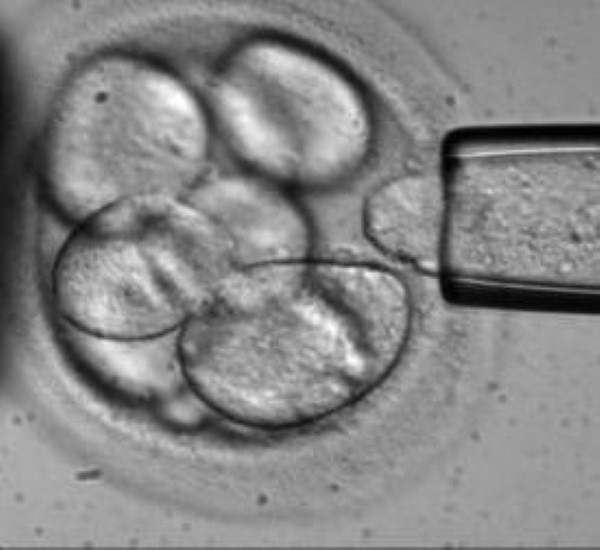New research conducted into breast cancer cells has identified two states in which they exist and each of these plays a role in the spread of the disease.
"The lethal part of cancer is its metastasis so understanding how metastasis occurs is critical," says senior study author Max Wicha, MD, distinguished professor of oncology and director of the University of Michigan Comprehensive Cancer Center. "We have evidence that cancer stem cells are responsible for metastasis – they are the seeds that mediate cancer’s spread. Now we’ve discovered how the stem cells do this."
A type of stem cell exists on the outside of the tumour known as the epithelial-mesenchymal transition (EMT) state. These cells are able to enter the bloodstream and travel to distant parts of the body.
The cells transform into a second state, the mesenchymal-epithelial transition state (MET), when they reach their destination. These cells are able to produce new tumours by growing and copying themselves.
Both forms of cancer stem cells are necessary if cells are to metastasise and grow in other organs. They are unable to do this if only one or the other is present.
The team's findings have implications for breast cancer treatments, as researchers must now find out whether potential cures need to target both types of stem cell. As each type of stem cell is regulated by a different pathway, it may be that effective therapies have to target multiple pathways.
It may also pave the way for new testing methods. Currently, EMT cells do not seem to be captured by the tests for tumour cells circulating in the blood – and these are the cancer cells that travel through the bloodstream.
University of Michigan researchers are currently collaborating with a team from the university's College of Engineering to develop ways of isolating the EMT cells. Identifying the stem cells will enable the team to use markers to improve the effectiveness of treatments.
Although the study focussed on breast cancer, the findings may also apply to other types of the disease.










